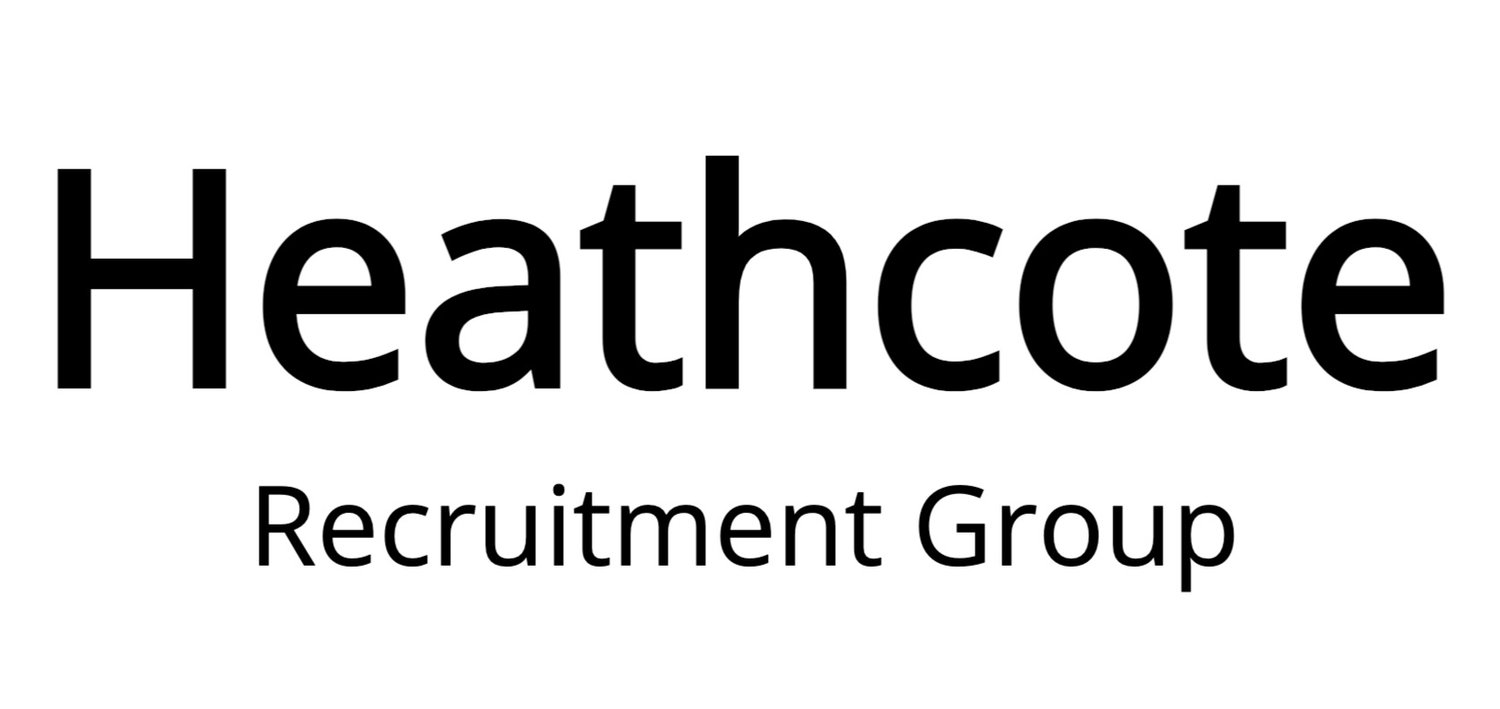A strong brand is crucial to any business, but how important is it to brand yourself? Does it matter what kind of content you are posting online?
If you want to climb the career ladder, it’s crucial to create a polished brand - without one, you might find yourself struggling to progress or change jobs. You could even find yourself without a job at all if you’re not careful about the content you post online.
So, what can you do to keep your online image in check?
Be consistent and be yourself
One of the most important steps in maintaining your personal brand is to stay consistent. Any tweet or content you write online could potentially stay in the digital world forever. This means that any time you post an update on social media or interact with an audience, think about the message you are trying to convey. Keeping your personal brand consistent will help others to recognise you.
Actively promote yourself
It’s unlikely that if you write an article or start a blog you’ll acquire an immediate audience. You’ll need to actively promote yourself through all your channels to help spread the word. If your content is uploaded online, think about all the different avenues you can use to share it. Social media is an obvious one – but could you consider adding a video or vlog to the post to achieve a wider reach?
Similarly, if you want people to interact with you, it might be wise to interact with them too. Could you write a guest blog for a larger brand or join a relevant online community?
Google yourself
One of the most important steps to refining your personal brand: - Checking your online reputation through a simple Google search.
According to various sources, around 70-80% of hiring managers will Google you or check your social media profiles at some point during an interview process. Therefore, if there’s any negative information to be found, it could damage your chances of being successful.
Take time to search your name on Google and see what information is out there already. And yes, that could include really old but embarrassing information you may have forgotten about - MySpace anyone?
Check your privacy settings
It’s likely that you won’t be putting the same content on Facebook that you do on LinkedIn, and vice versa. However, if you’re privacy setting aren’t up to date, you may find that employers will find photos of you on the town, rather than your corporate headshot.
Get to know the ins and outs of the privacy settings on each of your social media profiles, and be sure to stay up-to-date on any privacy policy changes announced by the platforms you use.
Make valuable connections
It's important to promote yourself, but it's just as important to promote others. One of the best ways to connect with people and establish your personal brand authority is to recognise the work of peers in your community or industry. Whilst it might seem odd to promote others, rather than yourself, sharing the content of others can help you form deeper relationships.
If you do find something negative online, but can’t delete it, you can at least ask Google to remove it from search results. Use the link below for more information:
https://support.google.com/websearch/troubleshooter/3111061?hl=en






